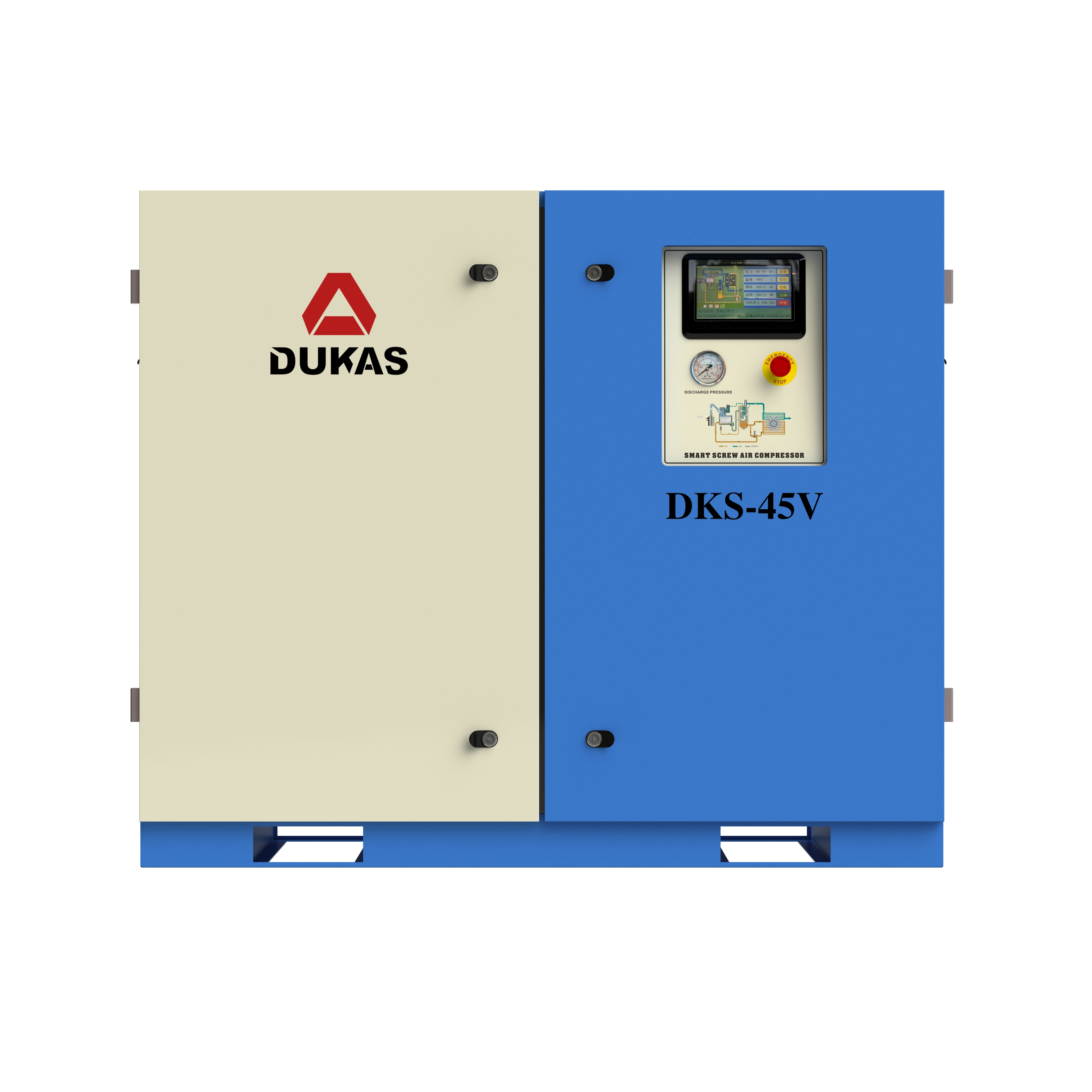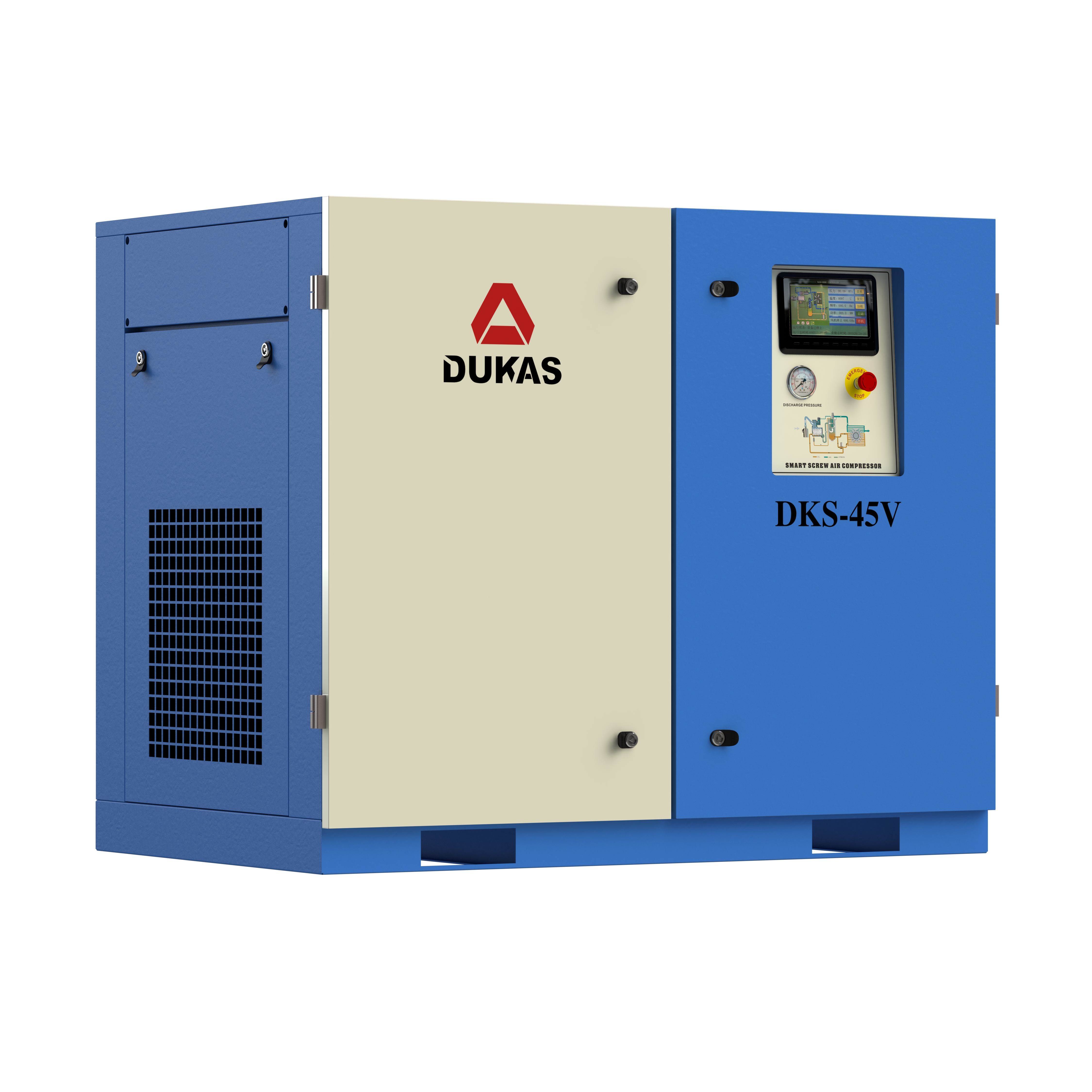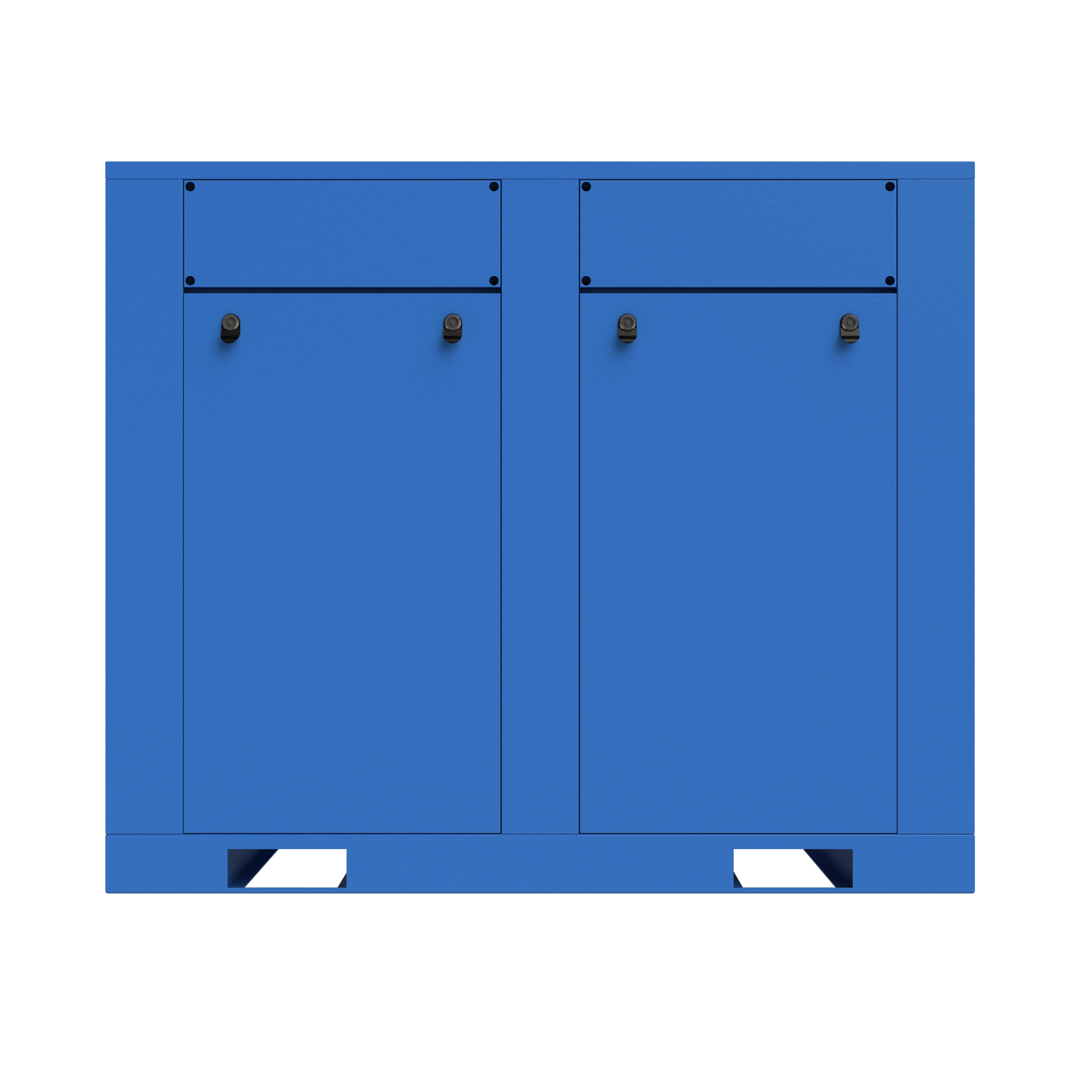1. Start failure phenomenon: After pressing the start button, the motor does not respond or stops immediately after starting. Cause analysis: Power supply problem: unstable voltage, poor contact or open circuit of the power line. Motor failure: The motor winding is short-circuited, open-circuited or the insulation performance is degraded. Starter failure: poor starter contact, damaged relay or control circuit failure. Protection device action: For example, the thermal overload relay is disconnected due to overload.
2. Stop failure phenomenon during operation: The motor suddenly stops during operation. Cause analysis: Overload protection: The motor load is too large and exceeds its rated carrying capacity. Temperature is too high: The motor has poor heat dissipation, causing the internal temperature to be too high, triggering the overheating protection. Phase loss operation: The power supply phase loss causes the motor to fail to operate normally. External interference: such as power grid voltage fluctuations, electromagnetic interference, etc.
3. Serious motor heating failure phenomenon: The temperature of the motor rises abnormally during operation. Cause analysis: Excessive load: Long-term overload operation causes the internal temperature of the motor to rise. Poor heat dissipation: The motor fan is damaged, the air duct is blocked, or the ambient temperature is too high. Motor failure: such as bearing damage, winding short circuit, etc.
4. The motor makes loud noise. Fault phenomenon: The motor makes abnormal noise during operation. Cause analysis: Bearing damage: The bearing is worn or poorly lubricated, causing abnormal noise during operation. Uneven gap between stator and rotor: Uneven air gap between stator and rotor causes electromagnetic vibration and noise. Unbalanced motor: The motor rotor is unbalanced or improperly installed, causing mechanical vibration and noise.
5. Low motor insulation resistance fault phenomenon: The test value of motor insulation resistance is lower than the standard requirements. Cause analysis: The motor windings are damp: it has been running in a humid environment for a long time or was not handled in time after shutdown. Aging of motor windings: Long-term operation causes aging and cracking of insulation materials. Water immersion or oil pollution: The motor casing is damaged or the seal is not tight, causing water or oil to enter the inside of the motor.


Post time: Oct-17-2024



